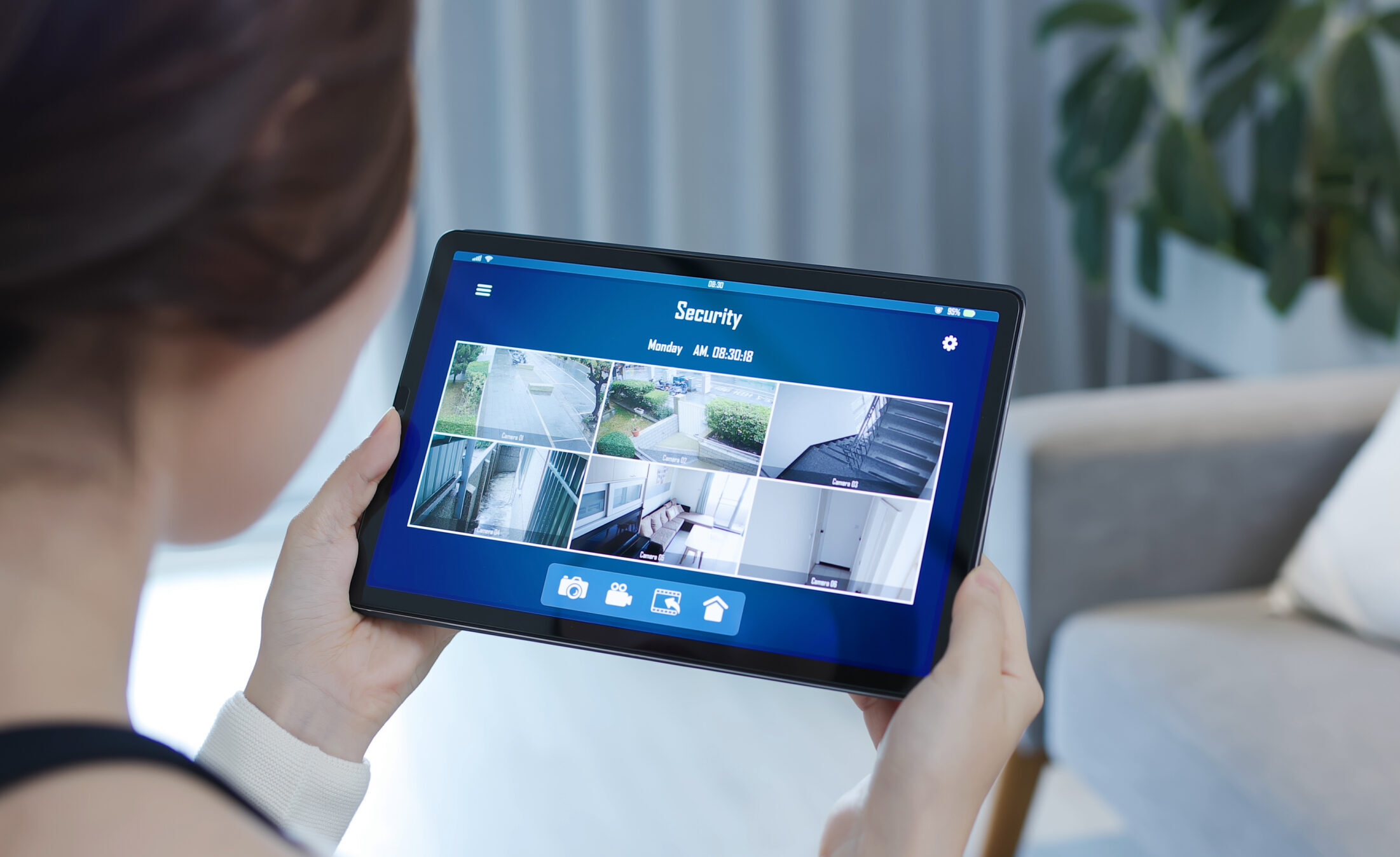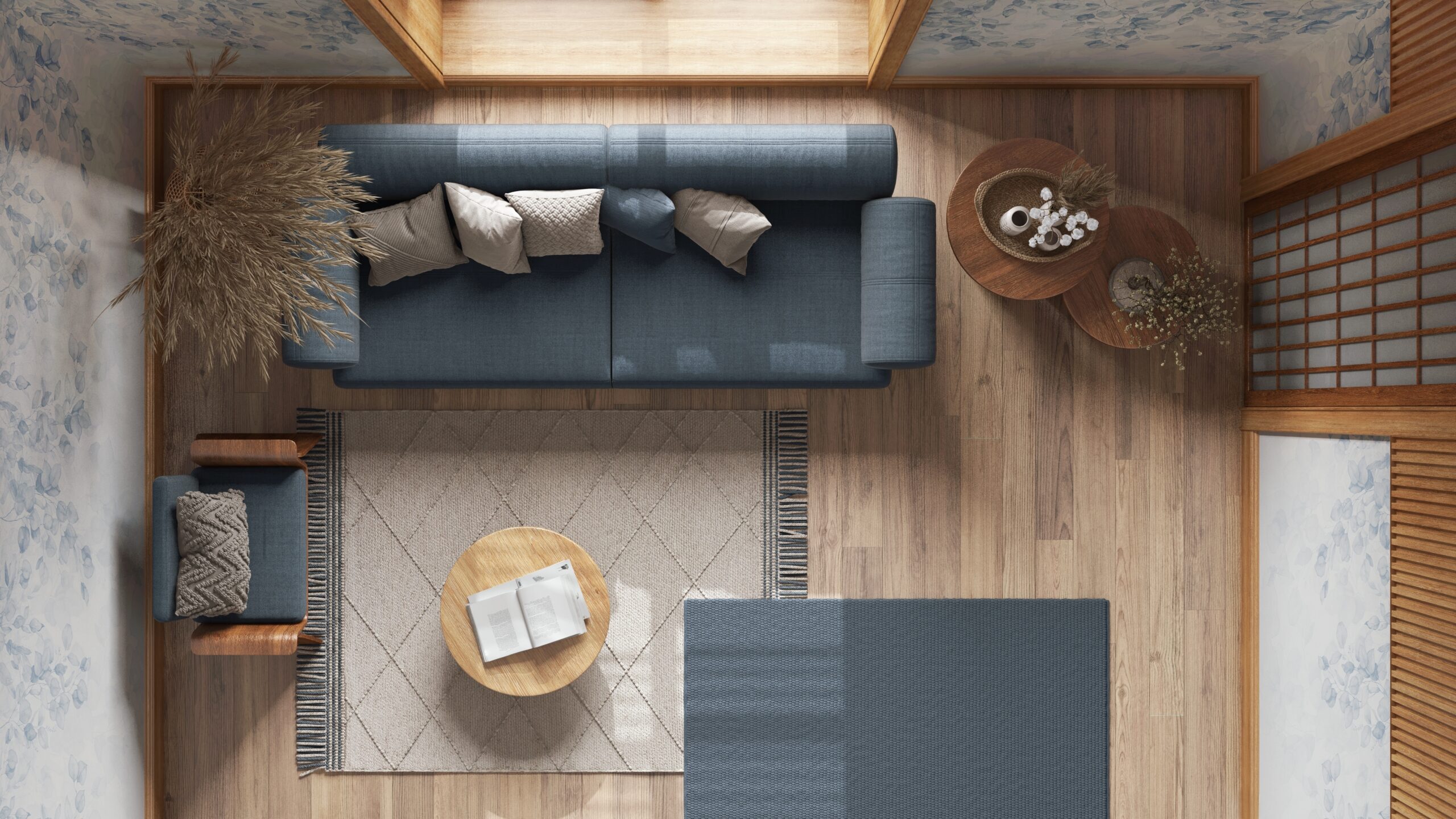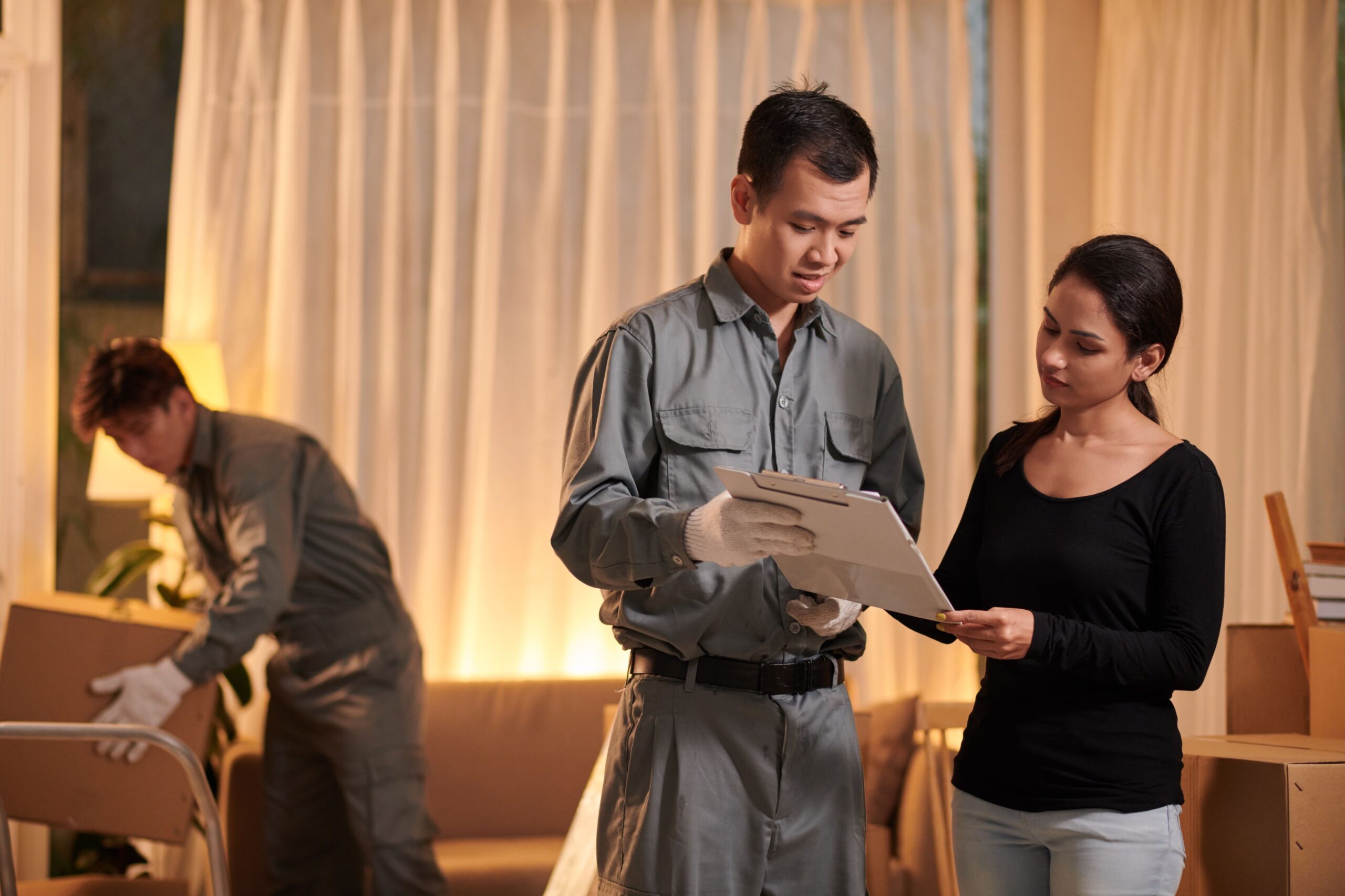Your residence should be a sanctuary, a place where you create memories, find comfort, and build your future. Protecting that sanctuary, and the people and valuables within it, naturally becomes a top priority for the discerning homeowner.
However, locking your doors isn’t enough to ensure genuine peace of mind. Modern security involves a layered approach, blending traditional vigilance with the latest technology.
This home security guide walks you through the essentials of safeguarding your property. With the right knowledge and tools, you can transform your home into a truly protected haven, one where your most important assets remain secure.
Why Home Security Matters
Comfort makes it easy to be complacent. When things feel routine, it’s easy to let small habits slide: leave a window slightly open, share a spare key too freely, skip a nightly lock check. But real protection comes from being deliberate. Beyond preventing break-ins, home security helps maintain the flow of your home.
Day-to-day protection often comes down to small details like:
- Deliveries left at the gate or door
- Unattended access points like balconies or sliding doors
- Children or household staff unaware of emergency protocols
- Inconsistencies in lockup routines or alarm use
These won’t always cause problems, but over time, they leave room for disruption.
A well-secured home doesn’t need constant checks or second-guessing. True home safety should feel integrated, something that protects without interrupting how you live. It supports how you move, how others access your space, and how easily you can leave it behind without worry.
Home Security Essentials Every Household Should Prioritize
You don’t need a complicated setup to stay secure. However, there are a few things every household should have in place, regardless of size or layout.
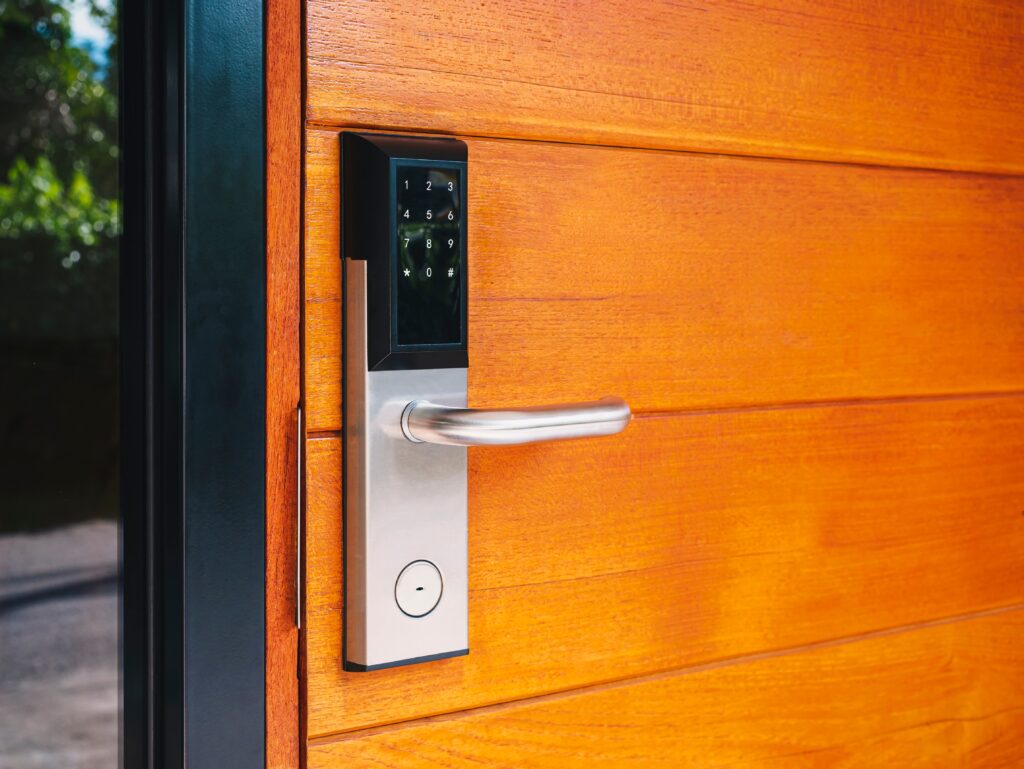
1. Reinforced locks and doors
Start with the main entry. Use solid deadbolts and ensure the doorframe is strong enough to withstand force. For added convenience, smart locks work well on high-traffic doors like the main entrance, especially when managing access for household members or staff.
Side and back doors should be just as secure, even if you use standard keyed locks. The goal is full coverage: every door locked with hardware that can’t be easily bypassed.
2. Well-placed outdoor lighting
Strategic lighting helps discourage intrusions. Motion-sensor lights near gates, garages, and service areas make it harder for anyone to move unnoticed. Well-lit pathways also help your household feel safer coming and going after dark.
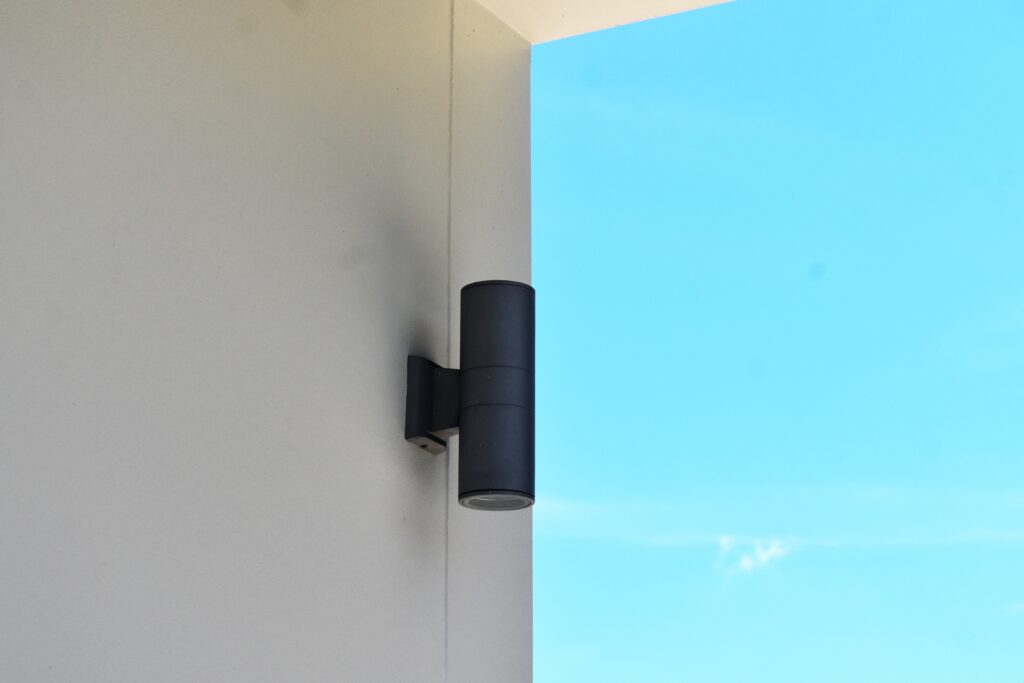
A light at the entryway set on a timer creates the appearance of activity when you’re away, adding a layer of protection to your routine security.
3. Cameras at key access points
A single CCTV camera focused on your main entry, whether it’s a doorbell cam or a wall-mounted unit, lets you screen visitors, monitor deliveries, and keep a record of activity.
Other useful placements include side gates, service areas, and garage entrances—anywhere people could pass through unnoticed. Even basic models that stream to your phone can provide a strong sense of control and visibility.
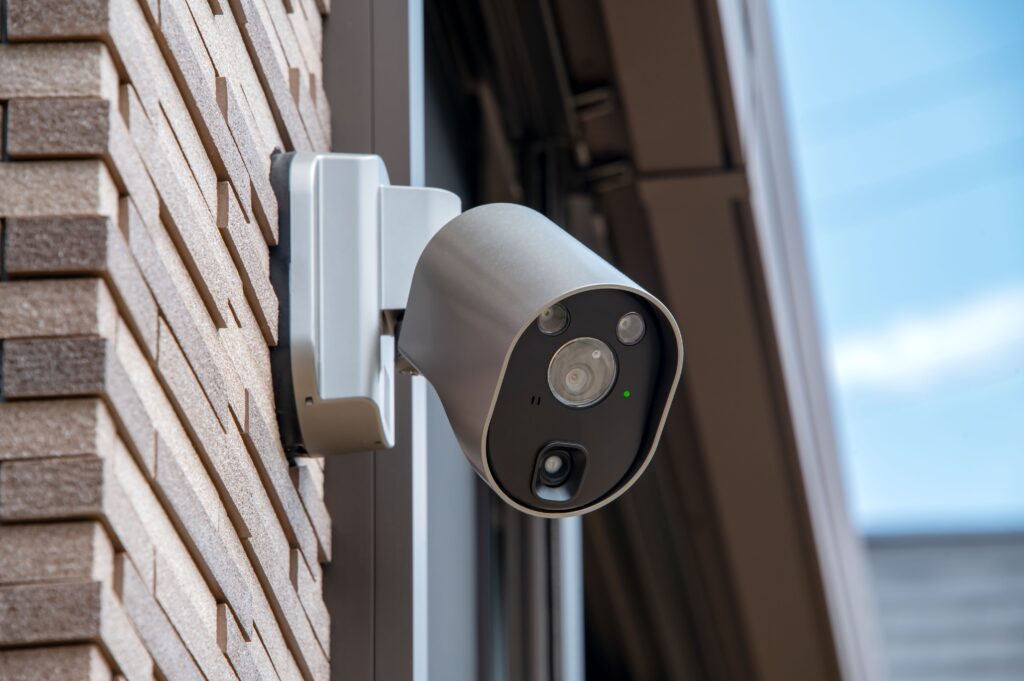
4. Alarm triggers or sensors
A triggered alarm adds another layer of deterrence. Contact sensors on windows and doors can notify you when something is left open or when forciblyforcefully accessed. Some models also sound local alerts that make intrusions more noticeable.
Pairing sensors with mobile alerts can give you peace of mind when you’re away, without needing to check every room or door manually.
Smart Security Technology That Works
Even when you’re away, smart security technology can strengthen control, reduce effort, and help you stay informed. You can build your system gradually, starting with a few high-impact tools and expanding as your needs evolve. Below are a few smart upgrades worth considering.
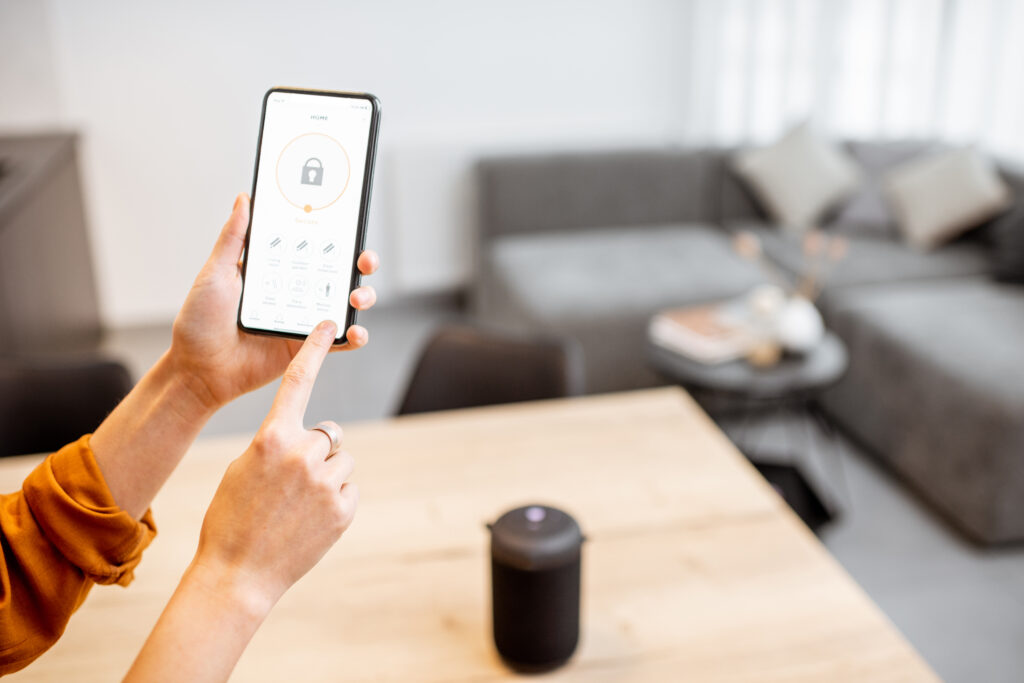
1. Smart locks and doorbell cameras
Smart locks make it easier to manage access. You can lock and unlock your door remotely or set up temporary codes for trusted visitors, helpful when you’re not always home to receive guests or deliveries.
Doorbell cameras let you see and speak with whoever’s at your gate or entrance, even if you’re out. Many models also record footage when motion is detected, giving you a log of who came by and when.
2. Mobile monitoring and custom alerts
Most modern cameras and sensors now come with companion apps. These let you check live video, arm or disarm alarms, and receive alerts on your phone.
Some systems allow customized settings, such as notifying you only when a specific door is opened or if motion is detected during certain hours.
3. Considerations for power and connectivity
Inconsistent electricity or internet coverage can make smart devices feel unreliable if you choose the wrong ones. Look for options with backup batteries, offline alerts, or internal storage. Some sensors will still trigger sirens or send alerts via SMS when Wi-Fi drops out.
Before installing, test signal strength in areas where you plan to place cameras or locks. Some spots may need a Wi-Fi extender to stay connected.
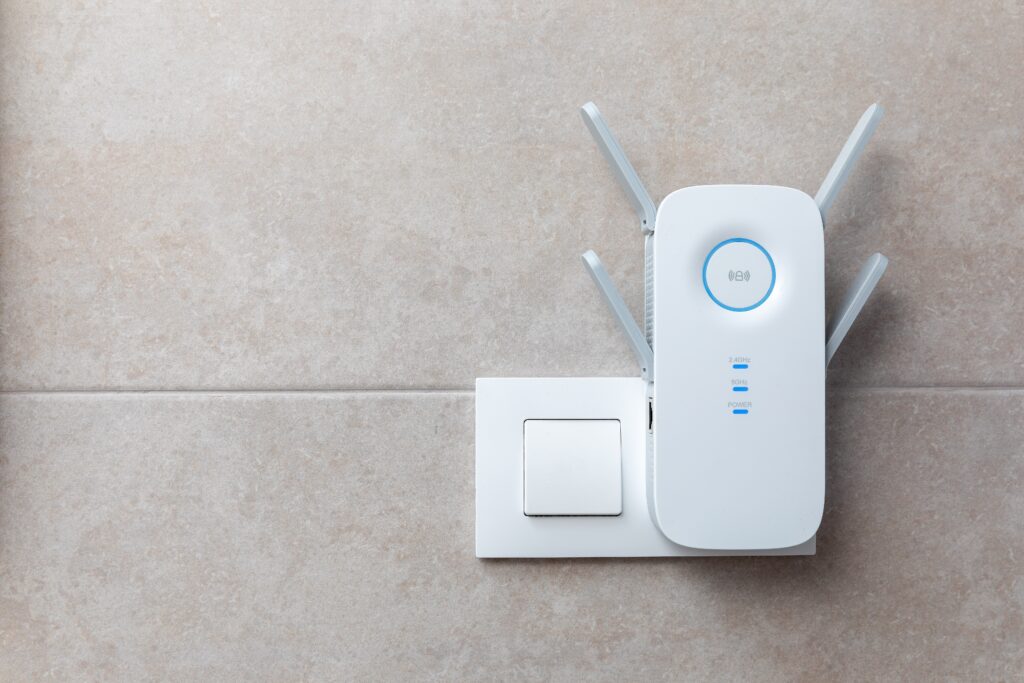
4. Start simple, then scale smart
You don’t need an elaborate system from the start. Begin with one or two devices that solve the most pressing concerns, then build from there.
Here’s a sample comparison to help you plan:
| Setup Type | What It Covers | Use Case |
| Basic Setup | Smart lock, doorbell camera, motion light | Useful for small homes, condo units, or households with minimal foot traffic |
| Expanded Setup | Smart lock, cameras at key access points, app-based alerts, sensors for doors/windows | Ideal for larger homes, households with helpers or frequent guests, or those away often |
5 Home Safety Tips to Practice Every Day
Tools and tech matter, but your daily habits are just as important. Even the best systems won’t help if they’re forgotten, misused, or poorly maintained. Creating a secure home starts with consistency and awareness.

Below are practical home safety tips that you can integrate into your routines without needing extra equipment:
1. Make lockup a habit, not an afterthought
Set a time each evening to check all doors and windows: front, back, service entry, and balconies. If you have household staff, align on who’s responsible for what. Even partial routines (locking most doors, skipping one) can become a vulnerability over time.
For consistency, some households create a simple checklist kept near the door, especially helpful when everyone’s rushing out or heading to bed.
2. Limit how access is shared
Avoid over-distributing spare keys. Whether it’s household help, contractors, or relatives, it’s worth periodically reviewing who has access and why. If someone no longer needs a key or passcode, change it. Moreover, never hide keys under planters, doormats, or utility boxes. Those are the first places someone will look.
If you rely on a smart lock, monitor when codes are used. This helps you catch unusual patterns early.
3. Treat delivery routines as security routines
Frequent drop-offs can lead to complacency. Avoid leaving packages unattended in visible areas for extended periods, especially in front-facing entryways. If you’re not home, coordinate with a household member, trusted neighbor, or gate staff (if applicable) to receive the delivery securely.
For homes with front gates, keeping them closed, especially after deliveries, is a simple but often overlooked step.
4. Watch what you share
Avoid posting real-time updates about your location, vacations, or extended absences. While it may feel harmless, it signals when your home is unoccupied.
Furthermore, be selective with information shared with unfamiliar guests, contractors, or vendors, particularly those entering your property. Limit discussions about who’s home, your family’s schedule, or where security cameras are placed.
5. Make emergency protocols part of your household rhythm
Walk your household through simple safety plans:
- What to do if someone rings the bell and no adult is home
- Who to contact in case of a break-in, fire, or medical emergency
- Where to find flashlights, first-aid kits, or backup phones
Include helpers, older children, or any household staff in these discussions. The goal is to reduce confusion when it counts.
Your Home Security Checklist
Use this checklist to identify which essentials you already have and which areas may need attention. You don’t need to check every box at once, but see how each one contributes to a safer, more secure home according to your use case.
| Category | What to Check | Completed? |
| Physical Protection | All entry doors have working deadbolts or high-quality locks. | ☐ |
| Sliding doors have lock bars or security pins. | ☐ | |
| Windows on the ground floor and accessible upper floors are secured. | ☐ | |
| Motion-activated lights are installed at the main entry points. | ☐ | |
| Front area is lit at night or on a timer. | ☐ | |
| Cameras & Monitoring | The main entry has a camera or doorbell cam. | ☐ |
| Additional cameras cover side gates, garage, or service doors. | ☐ | |
| You can access live video or recordings via phone. | ☐ | |
| Alarms & Sensors | Contact sensors are installed on key doors/windows. | ☐ |
| Alarms can send mobile or local alerts when triggered. | ☐ | |
| Smart Security | Smart locks are in place on frequently used entry doors. | ☐ |
| Devices have backup power or a basic offline function. | ☐ | |
| Wi-Fi coverage supports all device locations reliably. | ☐ | |
| Daily Habits | Lockup is part of your nightly routine. | ☐ |
| Spare keys are managed and not hidden in obvious spots. | ☐ | |
| Delivery handling is coordinated (no packages left out) | ☐ | |
| Emergency plans are discussed with family or staff. | ☐ | |
| Sensitive info is not shared with unknown guests or online. | ☐ |
Where Peace of Mind Feels Natural
Creating a secure home requires a deliberate mix of practical habits, the right tools, and consistent awareness. The key is choosing what fits your space, your lifestyle, and how you actually live day to day.
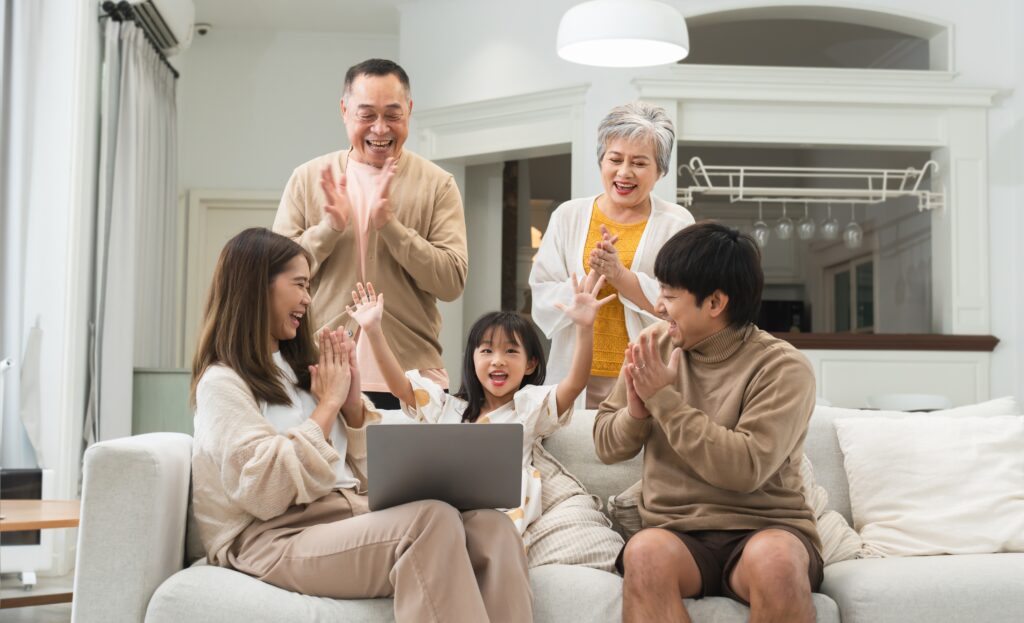
For those looking for a secure home in a thoughtfully designed community, Riverpark offers a setting that supports lasting peace of mind. This master-planned development brings together natural space, thoughtful design, and accessible urban connections, making it one of the most compelling Cavite real estate options today.
Located within Riverpark, Yume is a residential enclave that offers a modern interpretation of Japanese-inspired living. Each part of it is laid out with intention: wide roads, generous setbacks, and access to well-designed community amenities. For families considering lots for sale in Cavite, this enclave offers an elevated lifestyle in a future-forward residential district.
Ready to discover a balance between comfort, security, and long-term value? Riverpark is worth exploring. Contact us to learn more!
About the Author

Martin is an experienced marketer with over 16 years of experience across various industries including real estate, banking and finance, technology, and advertising.
Martin has a broad range of expertise in having handled campaigns, brand launches, activations both in the traditional and digital space. Currently serving as the Digital Marketing Head at Federal Land, Martin leads a team focused on managing digital sales and platforms for the residential, estates and commercial business units.

